September 9th - the Artwalks Move into Fall!
During the Second Saturday Artwalk each month in Old Town Bay St. Louis, you'll find cool deals, fresh meals and lots of art and live music. It's the way we throw a family-friendly party here in the Bay and you're invited!
Make sure you visit our Hot Spot businesses, Bay Elements, 112 South Second Street (inside Century Hall) and Lulu's on Main/Maggie May's, 126 Main Street.
Bay Elements
inside Century Hall 112 S. Second Street Bay St. Louis, MS 39520 504.810.7772 
Inside the 100-year-old historic building, find an electrifying fusion of unique artifacts, repurposed findings, antiques, art, furniture, gifts and much more at Bay Elements. The genius behind this amazing concept is Susan Peterson.
You can shop up and downstairs for furniture and accessories for the home, and seaside findings for young and old. There is truly something for everybody, from small gifts to magnificently handcrafted furniture. Make sure to take notice of the impeccable craftsmanship of the building that summons the past-life. Peterson was born and raised in Jackson, Mississippi, but married a coastal boy and hasn’t looked back since. She has been on the Coast for 35 years. “My heart is here,”says Peterson “I love the people and friendly guests, and there is nothing better than being in Old Town Bay St. Louis.”

At 126 Main Street, Maggie May’s is located in another historic building, one that has been an Old Town art anchor for ore than two decades. The building contains 5,300 square feet of art, jewelry, clothing, and home décor items. The beautiful large gallery space is filled with five vendors throughout and showcases over thirty local and regional artists.
The business features everything from beautiful paintings, sculpture, jewelry, hand-made crafts, unique clothing, shoes, home accessories and so much more. Nested within is also a popular restaurant named Lulu’s, an amazing eatery. At Lulu’s they are cooking up innovative New Orleans influenced cuisine. Crowd favorites are Moynan’s corn and crab bisque, her BBQ shrimp or “debris” roast beef po-boys, and Betty’s bread pudding, reputed to be the best on the coast. People are drawn by the restaurant’s unique art gallery atmosphere, as well as the tasty breakfast and lunch. “We’ve got an incredible group of businesses here, in a building that is showing great art,” says Moynan. “You can feel the positive energy as soon as you walk in. It’s the ultimate place to ‘shop local." Stop by Tuesday thru Sunday 8:00 a.m. – 3:00 p.m. to check out of Lulu’s tasty cuisine. Moynan, invites new customers and long-time fans in to, “Come and feel the love and passion that I have for food,” she says. “You’ll go home tasting the flavors of the Bay." Three Palms
A new Bay St. Louis beach house embodies the love of family and the strength of friendships that have lasted through several generations.
- story and photos by Ellis Anderson
Upstairs, in the house proper, the main living area takes up the lion’s share of the 2,400-square-foot home. The outdoor spaces mesh seamlessly with the interior ones. Banks of windows embrace the light, invite it in. Two wood-burning fireplaces anchor the conversation areas – one inside and one out.
The décor flings convention to the wind, creating a comfortable hybrid of contemporary and antique. Burnished wood of heirloom pieces mix it up with lighter coastal furnishings. Shell covered table lamps co-exist easily with a crystal chandelier that belonged to George’s great-aunt.
Moving toward the open kitchen, state-of-the-art stainless appliances are framed by a dark wooden counter from another era. The bar acts as a divider between the living room and the sleek kitchen, but manages to steal the show. Harkening back to bygone days are its brass foot-rail and the matching numbers on the front, reading 1818.
The bar is actually more than a visual centerpiece. It connects five generations of families from New Orleans, including Robin’s family – her grandparents, the Merics - and the grandparents of Jimmy Crane - a close family friend, and the contractor who built Three Palms.
During Prohibition in the early 1930s, six couples who were close friends often gathered at the home of Judson and Lucie Crane at 1818 Broadway in uptown New Orleans to make and enjoy “home brew.” The friends began calling the Crane house Club 1818.
Robin explains plans had been finalized for Three Palms when her father’s estate was being settled. She suddenly found herself in possession of the 1818 bar. “I called Jimmy and said, ‘we have the bar!’” she remembers. “It’s not a fine piece of furniture, but it’s got so much meaning. Jimmy actually rearranged the floor plan to accommodate it.”
The Meric and Riviere family ties go back generations as well, and the mothers of George and Robin were acquaintances. Robin, who’s four years younger than George, was friends with his sister and admits to “having a big crush on him” as a teenager. When Robin went out-of-state to a boarding school one year, George, as a friendly gesture after hearing she was homesick, wrote her letters.
Yet the romance didn’t fire up until after college. The couple married in 1978 and moved to the Northshore, raising their daughter, Elizabeth, and son, George, in Covington. In the naval reserve for years, George spent his career as a banking officer until he retired two years ago. Robin became a paralegal and still works for a firm in New Orleans.
Yet the coast kept calling. Both Robin and George had spent idyllic times on the Mississippi coast while growing up. The Rivieres had a family home at 102 South Drive in Waveland.
“We spent all our summers over here,” said George. “I never went to camp, this was our camp. We’d play with boats and on the water all day and in the evening, get cleaned up. Then my mother would take us all to the Waveland station to wait for daddy’s train.”
In 2006, Robin’s father had Jimmy Crane build a small house on the back part of the beachfront property. By 2007, the Riveres often used the comfortable 1,200-square-foot cottage built from steel, while maintaining their Covington house as their main residence. The cottage fit their needs while their son was attending St. Stanislaus, but the couple continued pondering the possibility of building their dream home in the front. Robin’s family frequented the coast too, renting a house in the summer. Then when she was an adult, her father, a widower, married Millie Brodtman, who lived on Ramaneda Street in Bay St. Louis. The Rivieres drove over from Covington as frequently as possible, and as they grew older, began to plan for retirement in the Bay. In 2000, Robin’s father purchased a house close to his, on the beach, where his growing family of grandchildren could visit. The Rivieres planned to purchase part of the property and build a permanent home in the Bay. Jimmy Crane worked with them to draw up plans. Construction was about to begin when Hurricane Katrina roared ashore. In the wake of the storm, Robin’s father’s house on Ramaneda was gone. The house on the beach was gone. The property where the Rivieres planned to build was swept clean. Although their daughter was no longer living at home, just a few weeks before, the Riviere’s son, George, had begun 8th grade classes at St. Stanislaus. The family powered through, first by driving back and forth from Covington each day, then camping in a trailer on school nights. Despite the heartache that surrounded them, the Rivieres became even more bonded to the coast community.
The Cottage
As George approached retirement, the couple purchased the entire property from Robin’s father in 2009. They met with Jimmy Crane again and dusted off the pre-Katrina house plans. By this point, Crane’s daughter, Jackye, had graduated with honors from LSU’s Engineering School with a degree in Construction Management and was working alongside her father. Construction on the Riviere’s main house began in early 2016.
“The building permit was issued on January 6th,” said George. “I told her [Jackye] that I wanted to be in the house in time for Thanksgiving.”
“We moved in July 4th,” he said, laughing. Robin said, “You hear all these horror stories about how people get divorced after building a house, but this was so much fun! And it was great living on-site in the cottage during the process. We got to see the progress every day.” The Cranes may be generational family friends, but the Riviere’s enthusiasm for the contractors work focused on craftsmanship and detailing instead of social ties. They list the customized features that evolved during the building process: Jimmy designed a built-in glass cabinet in the hallway for Robin’s astonishing teacup collection. Jackye designed another special cabinet in the laundry room to showcase and store Robin’s antique linens. Built-in electronics allow the Rivieres to adjust the volume of wall speakers throughout the house or the thermostat from another state. Fireplace hearths high enough to sit on were another idea of Jackye’s. So were the floor-to-ceiling windows in the living room, which makes the coast landscape part of the house. The Cranes also finagled a cunning office for George – it’s off the master bedroom and features built-in shelves and a stunning view of the waterfront. The refrigerator/freezer that Robin wanted was over-sized, but the Cranes “came up with exactly the right solution.” “They were over here over single day when this house was under construction,” said George. “It wouldn’t be the house it is without their input, holding our hands every step of the way,” said Robin. “I can’t say enough great things about them.”
Another fun touch: an avid flag fanatic since his boyhood, George now has an opportunity to showcase his collection in front of Three Palms.
“If friends are visiting from Canada, we fly the Canadian flag to welcome them,” he said. “If you’re coming from Maryland, that flag’s going to be flying when you arrive.” * The conviviality of past generations is still firmly entrenched. George points out that half the house is entertainment area. Friends and family visit frequently and the original steel house – which now serves as the guest cottage - affords them privacy and space to spread out. Between the two houses, there are five bedrooms and four baths. “But to me, the good partying is always in the kitchen,” George said, gesturing to the 1818 bar. “We keep saying we’re going to get as many of the descendants of the couples together for a reunion here and take a photos. How much fun would that be?” “We pinch ourselves sometimes,” said Robin. “How did we get so lucky?” *As of press time, a Texas flag is flying in front of Three Palms, to show support of Hurricane Harvey survivors. Road Trip
Robbie MacDougal, Shetland Sheepdog and canine journalist, lists eight "rules of the road" to follow when you're traveling with your pet.
Rule Number 1:
Make being in the car a fun experience. Trips to the vet do not count. Take us for a fun ride in the car and go to the beach. When we are in the car see how we do. Are we nervous or do we get a little car sick? Getting a benchmark of how we do is very important. You know how I am going to do for a short trip and you know how I will do on a long one. Rule Number 2: If your pet is a dog, get a harness/safety belt. In an accident or emergency you need to know we are safe. In many accidents, non-restrained or non-harnessed dogs go flying and are killed or lost. Cats need to be in carriers. The best ones are durable and smooth edged with ventilation and a secure door.
Rule Number 3:
Check with your veterinarian. Are we healthy and up to date on shots? If yes, plan to have a copy of the records and the rabies certificate. Any allergies or carsickness issues to have medicine for? If you have a regular vet, you can log in to www.vetsource.com and get meds while traveling. Ask your veterinarian about this service. Rule Number 4: Plan ahead. Where will you stay? Do they allow pets and is there a cost and rules of behavior? There are many websites that tell you about pet friendly hotels like www.goPetFriendly.com. Or www.bringfido.com or www.aaa.com/petbook . You can find cities and locations that love your pets, parks to visit, pet friendly restaurants and meet-up groups. If you are staying with friends or relatives, be sure you find out their house rules and abide by them – if you want to be invited back.
Rule Number 5:
On the trip plan to stop frequently for potty and leg stretching breaks. Always put your pet on a leash and know what the plan is for eating and people bathroom breaks. Never leave a pet in a car on a hot day while you go in to eat. You may have to plan for taking food in the car and stopping at rest stops for eating. Rule Number 6: Packing for your pet is like packing for you or your children. Think of everything you need. Bowls for water and food, leashes, blankets and towels, bedding, litter and litter boxes for the cat travelers, a first-aid kit, food, and treats, etc. Think about where you are going to be, at a friend’s or relative’s home or camping or just a long road trip. If you are flying you will need to check with the airlines for all their requirements. Planning ahead and thinking of all the possible scenarios will make the trip fun for all. Pinterest has a large collection of grab and go bag suggestions.
Rule Number 7:
ID, ID, ID. Have a collar with tags, use microchips, and have a photo of your pet and a photo of you with your pet. Using a carrier? Have ID on the carrier. Always have a grab and go bag that has all the documents you need and instructions on medications and what to do if you and your pet get separated from each other – meaning who to contact and instructions on care. Rule Number 8: Have a disaster plan in place. Where will you go and what will you take. Have a pet first-aid kit handy, all the documents you need and all the supplies you need. Print out this Red Cross Ready Pets and Disaster Safety Checklist. This is one of the best because it tells you about preparation, what you need to do and what to do as the disaster approaches. Almost as important is what to know to do after a disaster. Many animals, just like people, suffer from the trauma of the event and need extra care. Traveling with a pet can be a nightmare or a joy. Do your preparation and you will have a wonderful experience. Legacy of Lovely: Carol Vegas
The park surrounding the historic Bay St. Louis City Hall and the shoofly oak is named after a woman who left a lasting legacy of loveliness.
- story by LB Kovac, photos courtesy Holly Vegas
She did missionary work with primitive Indians in the rainforest. She slowed down a little to have four kids. All of this under, as Holly puts it, “a hail of gunfire:” Guatemala was in the middle ofa brutal civil war, one that would only be settled a little before Carol Vegas’ death. But the war didn’t stop her; Carol Vegas did what needed to be done.
 Carol Vegas in 1938: she came by her love of hats at a young age Carol Vegas in 1938: she came by her love of hats at a young age
When she finally got to Bay St. Louis, she didn’t settle down into the role of quintessential Southern housewife so prevalent in the 1960s. The only hallmark of that image she retained was her penchant for hats. Holly says, “She loved her hats; any time there was a significant event, she would find a way to wear a hat.” She was 5’3” and had fire-licked hair out of a bottle, something women at the time just didn’t do.
And this beautification business that Carol Vegas is now so famous for? Holly says it all started because of trash. “She was infuriated by people throwing their junk out,” she says. And, once again, she did what needed to be done. “She wanted the new place she called home to be a better place.” Carol and three other ladies organized a group of kids who would pick up trash in the mornings and on the weekends. “That’s what I remember about growing up: always being dragged around to pick up litter.” “She would never not do the right thing,” says Holly, and this strong sense of ethics is something the daughter feels she inherited from her mother. “And, if there was something to be done – a party or whatever – she would do it to the nth degree.”
It’s around this time that she met Ellis Cuevas, long-time publisher and editor of the Sea Coast Echo. The two “fell in a good friendship,” as Cuevas puts it, and, over the year’s served on many committees, boards, and task forces together. Cuevas can attest to Carol Vegas’ long list of accomplishments. “It was a hell of a journey [working with her],” he says.
“[Her] biggest project was anti-litter.” Of course, where this litter was mattered little to Carol Vegas, or Cuevas. Together they served on the Bay St. Louis Beautification Committee, the Hancock County Beautification Committee and the Marine Debris Taskforce, where they helped on numerous projects that made the neighborhoods, roads and beaches less trash-filled and more beautiful. Independent of Cuevas, Carol Vegas also served on several highway landscaping committees and city beautification projects. She’s credited with designing the Tree of Life at the Harriet Center and the rose window at Christ Episcopal Church. For her efforts beautifying the Gulfport area, Carol Vegas was awarded medals, titles, plaques and other awards too numerous to even list.
In the last years of her life, when she’d “retired” from public work, Carol Vegas did not let up. Holly shares, “Her ritual every morning was to call all of these people and just listen to them. She was a kind of therapist… That’s what caught me off guard [at her funeral] – how many people she emotionally supported… And she did it all out of this sense of purpose.”
Picking up litter certainly isn’t the glamorous side of beautification – not like designing gardens or arranging ornamental flowers – but it is important and necessary. Carol Vegas made a career out of it. If you ever see the sunlight coming over the old City Hall, casting long shadows over the swing sets or the wildflowers, think that it wouldn’t be that pristine or beautiful if it weren’t for someone seeing a piece of litter and deciding something needed to be done about it Just a few months prior to its opening, the park formerly known as City Park was a mess. No one needs reminding that Hurricane Katrina hit the area hard, and a lot was lost. But Carol Vegas Park was one of the first things in the area people came together to clean up and rebuild it. More than 500 volunteers and residents worked to clean up debris, lay the foundation and add the equipment donated by KaBoom! And, in Carol Vegas’ name, the area was left a little brighter. Starfish Fest
Michael Grimm headlines this food and music event to benefit the popular Starfish Café, on the grounds of the historic Bay St. Louis depot on October 5th.
- story by Lisa Monti, photos by Ellis Anderson
Starfish Cafe helps young adults learn cooking and restaurant service skills as well as receive life coaching and skills such as resume writing and financial literacy. Tips and donations help support the program, which has helped dozens since opening.
The live music starts at 5 p.m. and goes until 9:30 p.m. A DJ will be keeping the music flowing and delicious food prepared by Starfish Cafe, Fatsumo’s and Williams Pit BBQ will be sold throughout the event.
Besides food and music, the festival will feature Vendor-Palooza, a collection of all sorts of merchandise for sale. Organizers were looking for something different for the event and came up with the idea to raffle off a real tree with branches loaded up with a variety of gift cards. The event is free and open to the public, with limited VIP seating at the festival available for $30 per person (click here to purchase online). These will get you close to the stage for live music by headliner Michael Grimm, Will Kimbrough and the Bay Ratz Marching Battery. In the meantime, an online vendor application is available on the event’s Facebook page, and anyone who wants to donate gift cards or other prizes for the tree giveaway can drop them off at the cafe at 211 Main Street.
Starfish Fest will be icing on the cake during Cruisin’ the Coast week. You don’t want to miss this good time to support a most worthy cause.
For more information and to purchase VIP tickets, go to www.starfishcafebsl.com. Pallet Wall Hanging
Create a rustic wood wall hanging in the shape of your state - or anything else you can imagine - with Holly's technique for recycling throw-away pallets.
- by Holly Lemoine Raymond
Step 1:
Disassemble your pallet. Don’t worry too much if some of the pieces break in the process. Use the broken pieces for the areas you will be cutting out.
Step 2:
Lay the Plywood down. Arrange the boards how you’d like them to be set and glue them to the plywood using the wood glue. I like to stagger my boards to give it more of a worn, scrappy look. Once you have finished gluing the pallet boards to the plywood, wipe the excess dust and dirt off of your boards.
Step 3:
Now that your boards are laid out how you’d like and secured to the plywood, you can grab your pencil and map of MS (or state of choice). I went here. I downloaded this map and inserted it in to a PowerPoint so I could project the map for tracing. Tape the poster board on to the wall where you will be projecting your image and trace your map on to the poster board or butcher paper. (I used poster board because it is more sturdy than butcher paper.)
Step 4:
Cut out your image of MS or the state of your choice and use it as a stencil to trace it on to your pre-arranged pallet boards. (I should note that I was alone while I was working on this project and did not take pictures every step of the way. I was in the zone just working through my project.)
Step 5:
With your jigsaw, cut your state out of the wood.
Mayor Mike Smith sits in as columnist for Alderman Jeremy Burke this month, with a "State of Waveland" update on the lighthouse project, park improvements, the Waveland Business Center, blighted properties, gateway enhancements and sewer system repairs.
Martin Luther King Park received a new splash pad last year and now other areas of the park are in the process of being renovated. The Community Center is being rebuilt, and walkways are going to be rebuilt at the park.
Presently the Waveland Business Center sits half-occupied, but I'm optimistic that will change in the near future. Waveland is actively exploring the possibility of surplussing the Waveland Business Center building to a Waveland redevelopment commission. This would allow the commission to negotiate long-term leases, which by law is difficult for municipal governments to do. If Waveland is able to form a redevelopment district, I believe that will allow the Waveland Business Center to be more attractive to potential tenants.
Blighted properties have been a big issue for the past 12 years. Waveland is currently making a huge push to get these properties cleaned. Blight enforcement officer Don Sibenkittle, along with our Waveland Building Department are bringing these properties to the Board of Mayor and Aldermen for resolution.
I was just awarded a scholarship from Mississippi Power Company to attend the True South Economic Development Course at the University of Southern Miss. This is an intensive four-day course that will hopefully answer the looming question we’ve had since Hurricane Katrina: how to encourage development on Coleman Avenue, as well as Highway 90.
Waveland has applied for a gateway enhancement grant that would address the main corridors into Waveland: Waveland Aveune-Highway 90, Highway 603-Highway 90 as well as Kiln-Waveland Cutoff- Highway 603. Items included in this grant are professional landscaping, lighting, tree screening along Highway 90 and way-finding signage.
If you live on Herlihy, Edna, Meadow Lane or East Meadow Lane, this pertains to you: over the next couple of months the city of Waveland will begin work on completely revamping our 40-year-old sewer system in your area. Of course that comes with disruptions in daily life for residents until this project is complete. Thank you in advance for your patience!
Brehm Bell, Attorney At Law
A personal injury attorney with nearly three decades of experience, Brehm Bell offers the hometown advantage and one-on-one attention for his clients.
- by Ellis Anderson
Bell’s personality reflects his legal style: he’s a compassionate and empathetic listener, then dynamic, purposeful and energetic when he’s making a point.
Like when he explains how the insurance claims process has changed dramatically over the past several years. Accidents that involve personal injury, now more than ever, can present a mine-field of obstacles for someone who’s been hurt. “Five years ago, if you had an accident, in many instances, you could handle things yourself,” says Bell. “Now, almost everyone needs an attorney advocating for them. The liens, the paperwork, the processes – it’s all gotten extremely complicated, time-consuming and confusing.” As an example, he cites the way accident victims often sign paperwork in the emergency room – a decision that can negatively impact their health insurance for years to come. One type of form is called an “assignment of interest.” That means that the hospital will try to get payment from an insurance company first (which will pay full price on procedures), rather than a person’s health insurance (which gets a big discount on charges). “When you’ve been in an accident and you’re in an emergency room, you’re usually stressed and hurting and just want to be seen by a doctor,” says Bell. That’s the main reason that Bell has come up with a handout listing the things people should do – or not – if they’re in a serious accident. He recommends you keep the card in your vehicle’s glove box (click here to download the pdf and store on your mobile phone).
If a case goes to trial, Bell points out that there’s an enormous advantage in being represented by a hometown attorney. He should know, having grown up in Pearlington and graduating from Bay High School before attending law school at Ole Miss.
Bell says, “It’s important that insurance companies know you have an attorney who is a part of the community. It matters. A representative from another place won’t have the in-depth knowledge of our county. But if you’re injured and can’t work, I understand all the ways you’re being affected on a personal basis.” Bell’s concern for his community carries over to his personal life, where he and his wife, Jenny, volunteer for several organizations. Brehm focuses on education, and has served as chair of the Hancock Chamber’s education committee, helping found the annual teachers appreciation dinner and the popular Bookworms program. He and Sherry Ponder were pivotal in persuading Pearl River Community College to open a branch in Hancock County. Bell also sponsors an annual scholarship that goes to a local high school graduate who has expressed an interest in law. “I just try to live in my world and help my people,” he says.
Next, people meet with Bell in person. The initial consultation is free. He takes all their information and listens to their concerns. After Bell agrees to represent a client, all calls from health insurance, health providers, insurance companies and collection agencies are simply referred to back to his office from that point on.
“I tell my clients ‘you just need to focus on getting well,’” Bell continues. “I’ll handle the claim part.” While Bell says that this country couldn’t have been built without the insurance industry, he also says that now corporate offices sometimes press people to take quick settlements - before they know the full extent of their injuries. A Case for Reading Fiction
Want to fight the onset of dementia? Pick up a good novel. Science also shows that reading literary fiction increases empathy and enhances the ability to see another perspective.
- by Carole McKellar
The most interesting research I’ve read is the work of psychologists Emanuele Castana and David Kidd published in the magazine “Science” in 2013. The researchers gave participants different reading assignments: excerpts from popular fiction, literary fiction, and nonfiction.
Popular fiction included mysteries, romances, and adventures. Literary fiction is difficult to define, but the test administrators chose works by award winning or canonical writers. After reading the texts, the subjects were given a test which judged their ability to understand the thoughts and feelings of others. In other words, would the participants demonstrate a greater capacity for empathy. The results indicated that the nonfiction and popular fiction readers did not score high on measures of empathy. The readers of literary fiction have a far greater ability to relate to the lives of others. According to researchers, readers of literary fiction must infer the feelings and thoughts of characters. That is, they must engage “Theory of Mind processes.” The authors define Theory of Mind as “the human capacity to comprehend that other people hold beliefs and desires and that these may differ from one's own beliefs and desires.” Popular fiction portrays predictable characters and situations which only reenforce the reader’s expectations. These results might surprise those who assume that nonfiction is the genre that would best promote understanding. The Common Core State Standards Initiative, a controversial education initiative in wide use throughout the United States, details what K-12 students should know in language arts and mathematics at the end of each grade. Common Core curriculum guides emphasize nonfiction and downplays the importance of fiction.
It is concerning to me that parents and educators consider fiction to be less important to a child’s literacy than nonfiction. The stories most meaningful to me as a child were all make-believe. Reading fiction helps children understand what others are thinking and feeling. Such understanding could better prepare children for the complex world we live in today.
This topic reminds me of a wonderful novel I read recently titled “Exit West” by Moshin Hamid. It tells the story of two young people, Saeed and Nadia, in an unnamed country torn apart by civil war. They are forced to flee their homeland, and they eventually make their way to the United States. The remarkable thing about this book is the way the author expresses the tragedy of exile and dislocation from family. It’s a heart-wrenching story of loss which gave me a deeper understanding of the plight of refugees. “The Underground Railroad” by Colson Whitehead comes to mind as well. It tells the story of Cora, a young runaway slave, who escapes on a railroad that runs through underground tunnels. The depiction of her journey is harrowing and kept me engaged. “The Underground Railroad” won both the Pulitzer Prize and the National Book Award. Both novels feature magical elements. In “Exit West,” people pass through doors to find themselves in another country. “The Underground Railroad” asks readers to accept the idea that trains ran through tunnels built in the South. Such plot devices did not diminish the strong depiction of complex characters in difficult situations. Their stories were different from my own life, and they challenged me to understand their experiences. The case for reading fiction is strong. Reduced stress, greater empathy, increased vocabulary, and more creativity are good reasons to pick up a novel and dive in. In the words of American novelist, Joyce Carol Oates: “Reading is the sole means by which we slip, involuntarily, often helplessly, into another’s skin, another’s voice, another’s soul.” |
Categories
All
Archives
July 2024
|
Shoofly Magazine Partners
Our Shoofly Partners are local businesses and organizations who share our mission to enrich community life in Bay St. Louis, Waveland, Diamondhead and Pass Christian. These are limited in number to maximize visibility. Email us now to become a Shoofly Partner!



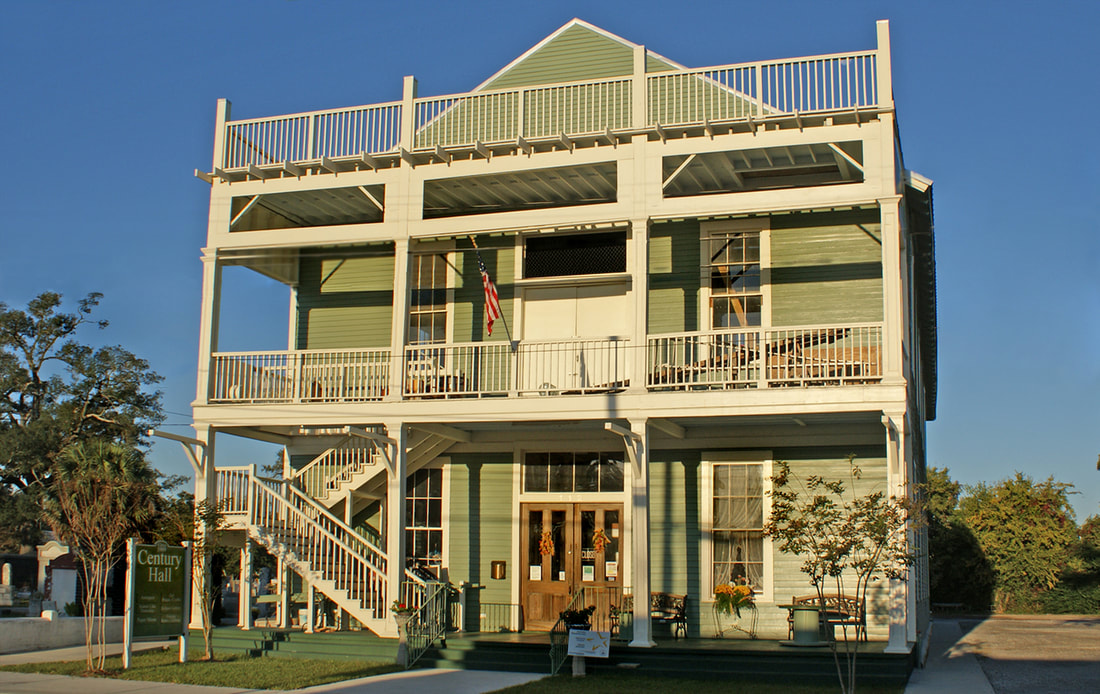

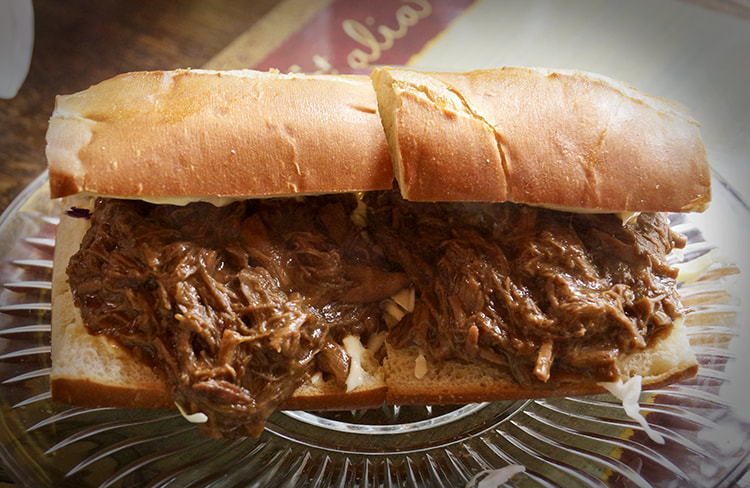










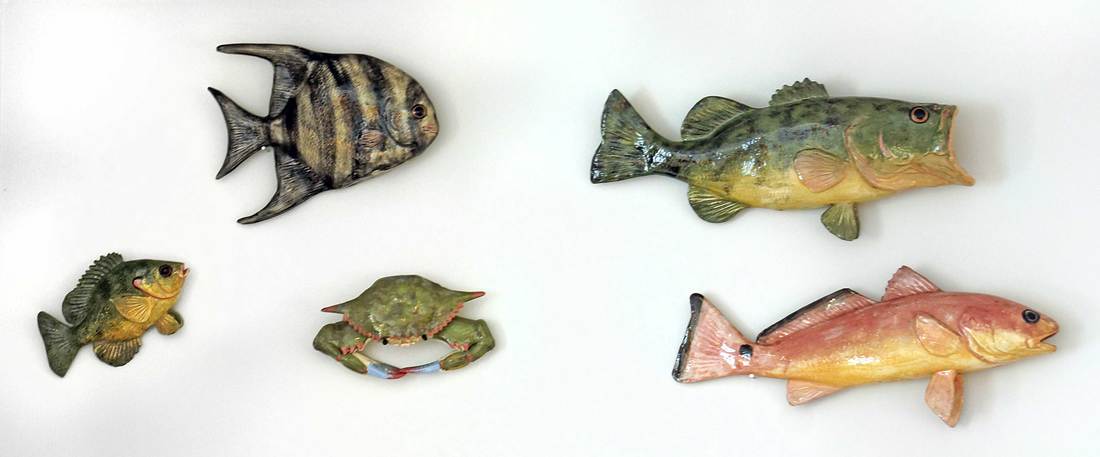

















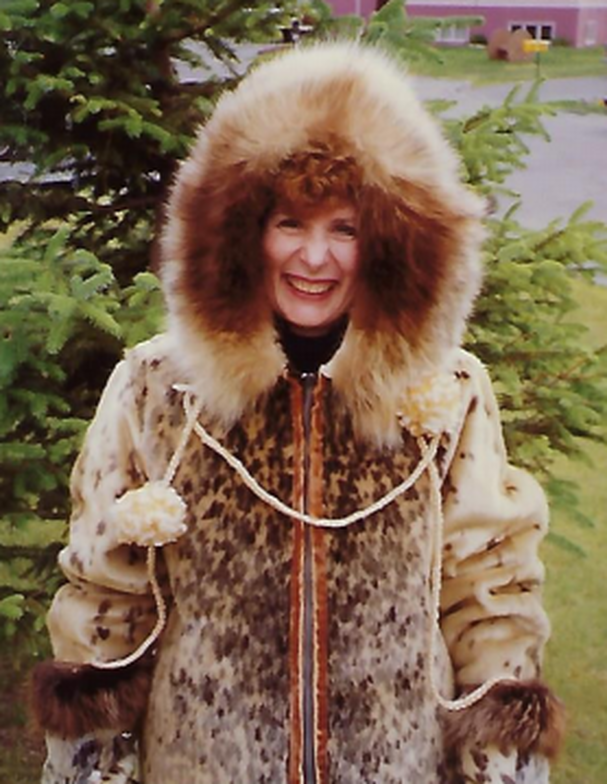
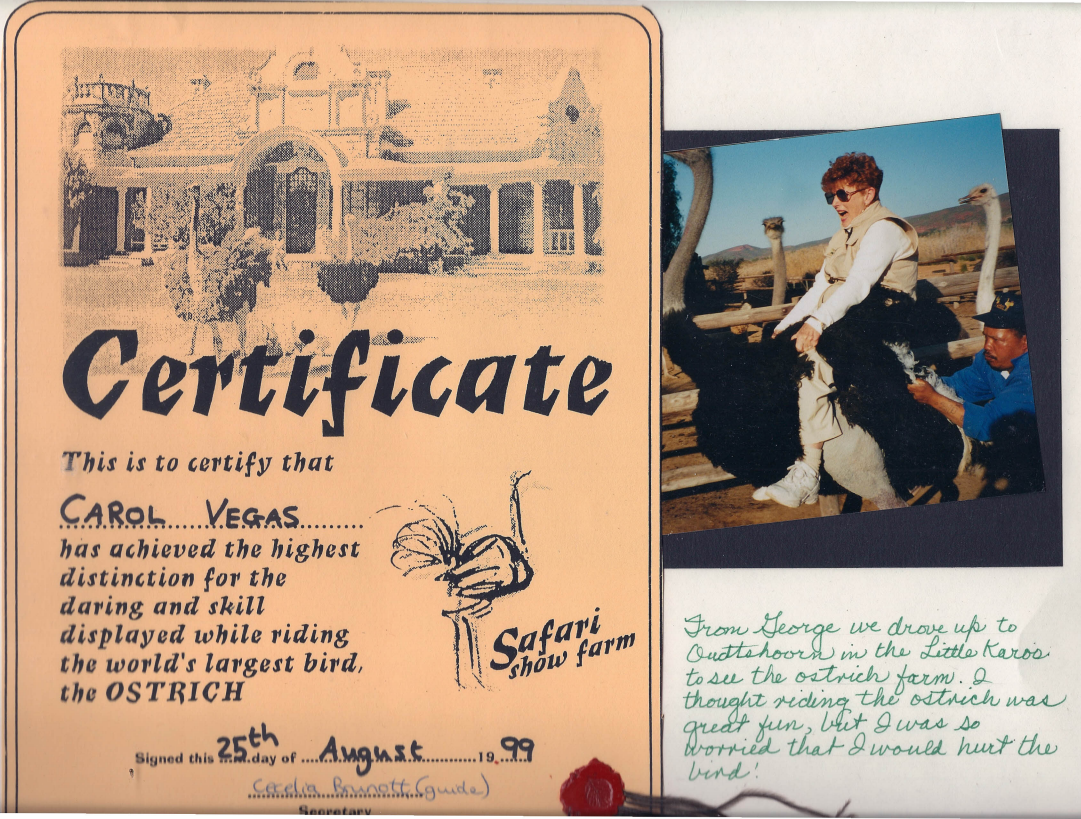


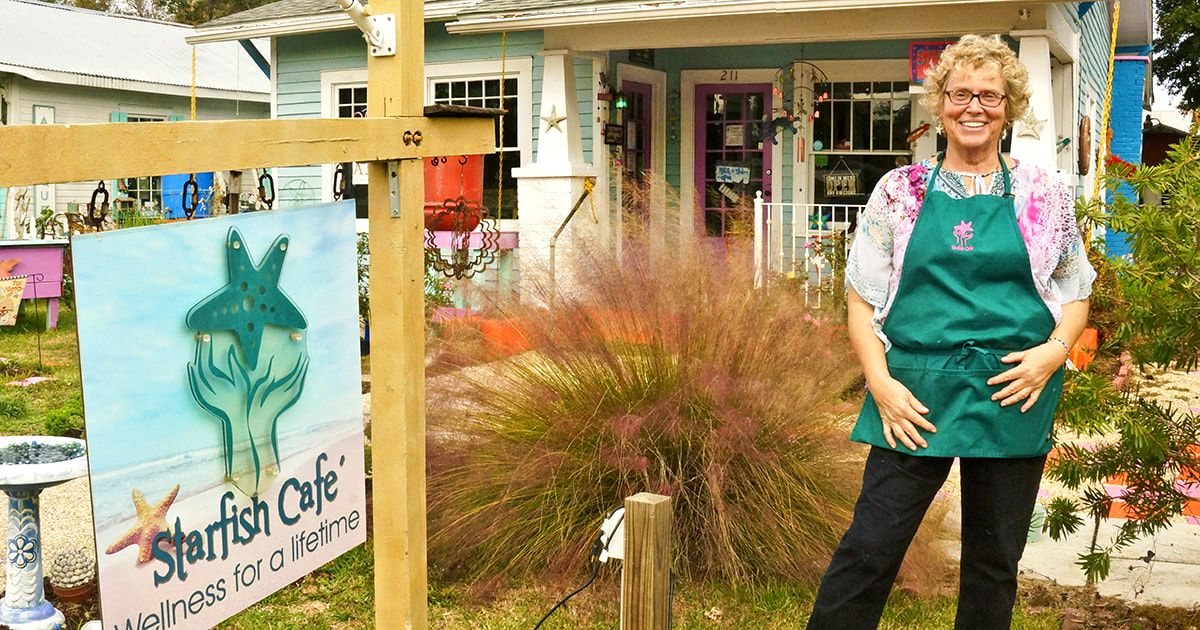





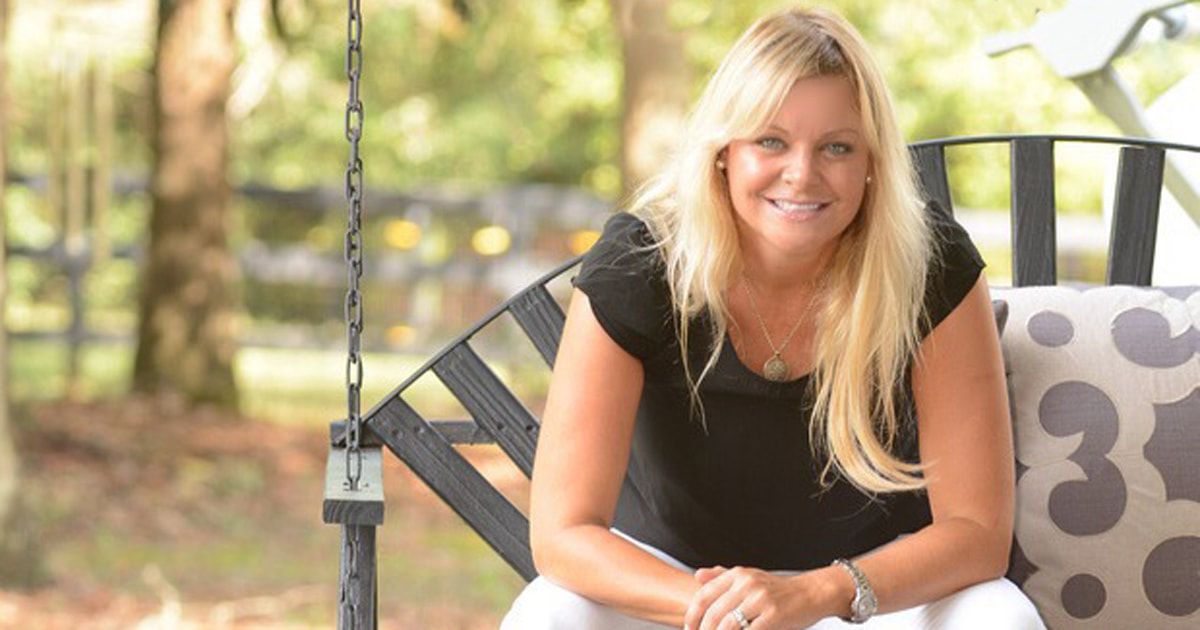

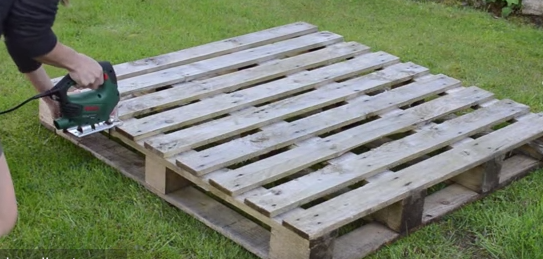


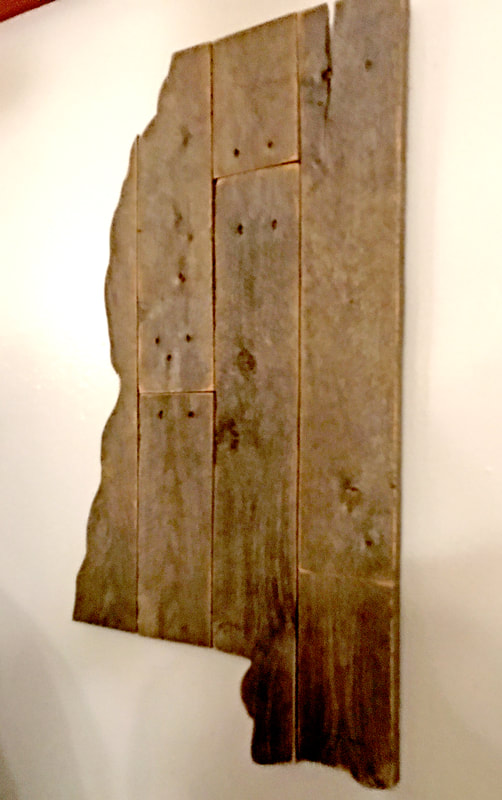







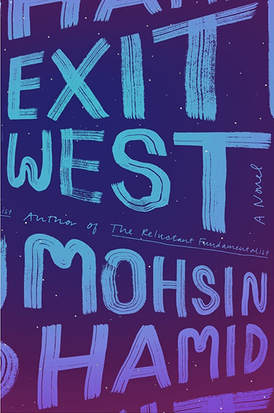

























 RSS Feed
RSS Feed























